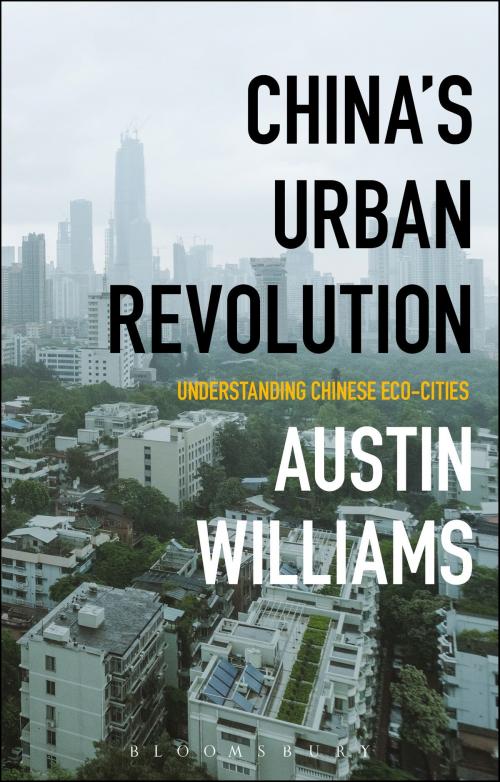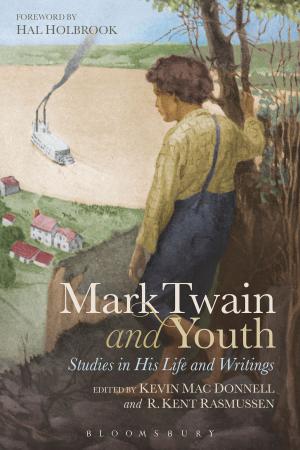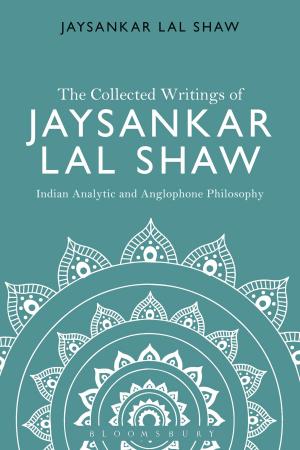China’s Urban Revolution
Understanding Chinese Eco-Cities
Nonfiction, Art & Architecture, Architecture, Planning, Social & Cultural Studies, Political Science, Government, Public Policy| Author: | Mr Austin Williams | ISBN: | 9781350003231 |
| Publisher: | Bloomsbury Publishing | Publication: | October 19, 2017 |
| Imprint: | Bloomsbury Academic | Language: | English |
| Author: | Mr Austin Williams |
| ISBN: | 9781350003231 |
| Publisher: | Bloomsbury Publishing |
| Publication: | October 19, 2017 |
| Imprint: | Bloomsbury Academic |
| Language: | English |
By 2025, China will have built fifteen new 'supercities' each with 25 million inhabitants. It will have created 250 'Eco-cities' as well: clean, green, car-free, people-friendly, high-tech urban centres. From the edge of an impending eco-catastrophe, we are arguably witnessing history's greatest environmental turnaround - an urban experiment that may provide valuable lessons for cities worldwide.
Whether or not we choose to believe the hype – there is little doubt that this is an experiment that needs unpicking, understanding, and learning from. Austin Williams, The Architectural Review's China correspondent, explores the progress and perils of China's vast eco-city program, describing the complexities which emerge in the race to balance the environment with industrialisation, quality with quantity, and the liberty of the individual with the authority of the Chinese state. Lifting the lid on the economic and social realities of the Chinese blueprint for eco-modernisation, Williams tells the story of China's rise, and reveals the pragmatic, political and economic motives that lurk behind the successes and failures of its eco-cities.
Will these new kinds of urban developments be good, humane, healthy places? Can China find a 'third way' in which humanity, nature, economic growth and sustainability are reconciled? And what lessons can we learn for our own vision of the urban future?
This is a timely and readable account which explores a range of themes – environmental, political, cultural and architectural – to show how the eco-city program sheds fascinating light on contemporary Chinese society, and provides a lens through which to view the politics of sustainability closer to home.
By 2025, China will have built fifteen new 'supercities' each with 25 million inhabitants. It will have created 250 'Eco-cities' as well: clean, green, car-free, people-friendly, high-tech urban centres. From the edge of an impending eco-catastrophe, we are arguably witnessing history's greatest environmental turnaround - an urban experiment that may provide valuable lessons for cities worldwide.
Whether or not we choose to believe the hype – there is little doubt that this is an experiment that needs unpicking, understanding, and learning from. Austin Williams, The Architectural Review's China correspondent, explores the progress and perils of China's vast eco-city program, describing the complexities which emerge in the race to balance the environment with industrialisation, quality with quantity, and the liberty of the individual with the authority of the Chinese state. Lifting the lid on the economic and social realities of the Chinese blueprint for eco-modernisation, Williams tells the story of China's rise, and reveals the pragmatic, political and economic motives that lurk behind the successes and failures of its eco-cities.
Will these new kinds of urban developments be good, humane, healthy places? Can China find a 'third way' in which humanity, nature, economic growth and sustainability are reconciled? And what lessons can we learn for our own vision of the urban future?
This is a timely and readable account which explores a range of themes – environmental, political, cultural and architectural – to show how the eco-city program sheds fascinating light on contemporary Chinese society, and provides a lens through which to view the politics of sustainability closer to home.















